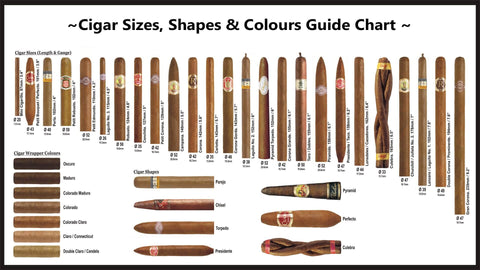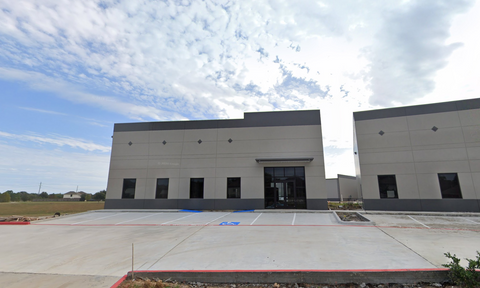Cigars are not just tobacco products — they’re hand-crafted works of art. Every puff you take is the result of years of careful cultivation, expert craftsmanship, and deep cultural heritage. But have you ever wondered how a cigar is actually made? From the moment a seed is planted to the final wrap of a luxurious hand-rolled cigar, this process is one of patience, precision, and passion.
In this blog, we’ll take you step by step through the journey of how premium cigars are made. Whether you’re a cigar enthusiast or new to the world of cigars, understanding this process will make you appreciate each cigar even more.
🌱 1. Planting the Seeds: The Beginning of the Journey
Everything starts with a seed — no bigger than the tip of a pencil. Tobacco seeds are incredibly small and delicate. These seeds are typically grown in special greenhouses to protect them from the environment and allow them to grow under controlled conditions.
After several weeks, the seedlings are transplanted into carefully prepared fields. The quality of the soil, the climate, and even the angle of the sun all play crucial roles in the final flavor of the cigar.
🌾 2. Growing & Harvesting the Tobacco
Depending on the type of tobacco, the leaves will be grown either for wrapper, binder, or filler use. These leaves are harvested at different times from the plant — the top leaves (ligero) are stronger and bolder, while the bottom ones (volado) are milder and burn easier.
Farmers often hand-pick the leaves in stages. This process, known as priming, ensures that each leaf is harvested at its peak maturity.
🔥 3. Curing the Leaves
Fresh tobacco leaves are too moist to smoke and need to be cured. This stage removes water and begins the transformation of the tobacco's chemical structure. The leaves are hung in special curing barns, where temperature and humidity are carefully monitored.
Over the course of 30 to 60 days, the leaves slowly change color from green to brown and develop the base of their flavor profile.
🧪 4. Fermentation: Unlocking the Flavor
Once cured, the leaves are fermented — stacked in large piles called “pilones” where natural heat and pressure allow the leaves to “sweat.”
This process can take several months and is crucial. Fermentation removes unwanted chemicals like ammonia and enhances aroma, smoothness, and taste. Without it, cigars would be harsh and unpleasant.
🪡 5. Sorting & Aging
After fermentation, the leaves are graded by color, size, and texture. Each type of leaf (wrapper, binder, filler) is selected for its specific role in the cigar.
Then, they're aged — sometimes for years. During aging, the leaves become smoother, richer, and more complex in flavor. Some high-end cigars contain tobaccos that have been aged for over a decade.
🤲 6. Rolling the Cigar: The Craft of the Torcedor
Now comes the most iconic stage: hand-rolling.
Master cigar rollers, known as torcedores, take the aged leaves and begin assembling the cigar:
-
Filler: A blend of 2–4 different types of tobacco rolled together.
-
Binder: A leaf wrapped around the filler to hold it together.
-
Wrapper: The outermost, smoothest, and most beautiful leaf that gives the cigar its appearance and much of its flavor.
The torcedor must roll each cigar with perfect tension — too loose and it burns too fast; too tight and it won’t draw properly.
📦 7. Quality Control & Packaging
Each cigar is checked for consistency, draw, weight, and construction. Many manufacturers test random cigars by cutting and drawing them before they reach the final packaging phase.
The cigars are then banded, boxed, and often aged again in cedar-lined rooms to let the flavors marry and mature even more before shipping.
🛫 8. From Factory to Humidor
After packaging, cigars are shipped across the world and eventually land in your local cigar shop or online store. Once purchased, cigar lovers often keep them in humidors at ideal temperature and humidity to maintain freshness and flavor.
🎇 Final Thoughts
From seed to smoke, the cigar-making process is a testament to time, tradition, and human craftsmanship. Understanding how cigars are made helps smokers appreciate the patience and dedication behind every puff.
The next time you light a cigar, remember: you’re enjoying a product that took years to perfect — one leaf, one roll, and one expert hand at a time.





